<p>Non-fungible
tokens (NFTs) have recently made headlines, particularly in the art world.
These digital assets are gaining popularity, with many artists and collectors
using them to buy and sell art. But, what are NFTs, and will they have an impact
on traditional art markets? </p><p>What
Are NFTs?</p><p>In a nutshell,
NFTs are one-of-a-kind digital assets that are verified on a blockchain
network. They are used to denote ownership of digital items like artwork,
music, and videos. Each NFT is unique, with its own code that ensures its
authenticity. </p><p>NFTs, unlike
cryptocurrencies like Bitcoin, are not interchangeable. They are one-of-a-kind
and cannot be exchanged for other NFTs or cash. This is what makes them so
valuable to artists and collectors because they allow them to prove ownership
and authenticity in the digital realm. </p><p>Will NFTs Have an Impact on Traditional Art Markets?</p><p>Yes, NFTs have
the potential to disrupt traditional art markets, in a nutshell. Here's how
it's done: </p><p>Improved
Accessibility</p><p>One of the most
significant benefits of NFTs is that they make it easier for artists to sell
their work and for collectors to purchase it. Artists can sell their work directly
to buyers using NFTs, eliminating the need for intermediaries, such as galleries
or auction houses. </p><p>This means that
artists will receive a larger portion of the profits from their sales, while
buyers will be able to purchase art at a lower price. </p><p>Market
Growth</p><p>NFTs may also
help to expand the art market by making it more accessible to a broader range
of buyers. Traditional art markets only allow a small percentage of the
population to afford high-end art. NFTs, on the other hand, allow anyone with
an internet connection to purchase digital art, opening up the market to a much
larger audience. </p><p>Greater
Transparency</p><p>NFTs provide a
level of transparency that traditional art markets do not. Each NFT is verified
on a blockchain network, making its ownership and authenticity easily
traceable. This makes it much more difficult for forgeries or copies to be sold
as genuine works, a common issue in the traditional art market. </p><p>New
Revenue Sources</p><p>NFTs also
provide artists and collectors with new revenue streams. An artist, for
example, can sell an original work of art as an NFT and then sell prints or
other merchandise based on that work. </p><p>Collectors can
also make money by reselling NFTs they have purchased, in the same way, that
traditional art collectors can resell pieces in their collections. </p><p>NFT
Challenges in the Art Market</p><p>While NFTs have
the potential to disrupt traditional art markets, several obstacles must be
overcome: </p><p>Regulation
Is Lacking</p><p>The lack of
regulation is one of the most significant challenges confronting NFTs in the
art market. While blockchain networks provide some transparency, no regulations
are currently in place to protect buyers or sellers in the event of fraud or
other issues. </p><p>This makes it
difficult for buyers and sellers to determine who to trust and how to safeguard
their investments. </p><p>Concerns
about the Environment</p><p>Another issue
that NFTs face is the environmental impact of blockchain networks. The process
of creating and verifying NFTs consumes a significant amount of energy, raising
concerns about the technology's carbon footprint. </p><p>This is
especially problematic for artists and collectors who are concerned about
sustainability and the environmental impact of their actions. </p><p>Physical
Illness</p><p>Finally,
because NFTs lack the physicality of traditional art, some collectors may be
hesitant to invest in them. While NFTs provide authenticity and provenance,
they lack the monetary value of physical art. </p><p>Some collectors
who value the tactile experience of owning and displaying physical works of art
may find them less appealing as a result. </p><p>NFT Art: Is It Really Art?</p><p>Art is a form
of expression that has been around for centuries and shows no signs of slowing
down. It is a way for people to express themselves and reflect on things through the use of color, texture, and shapes. As such, the debate about whether NFTs can be considered art seems to be something only those who wish to define the boundaries of art wish to have.</p><p>However, the art market is a totally different thing. It's a huge industry with billions in annual revenue, but it's also an industry
that has been slow to adapt to new technologies and changes in consumer
behavior. </p><p>That is
starting to change as more and more collectors are turning to
non-fungible tokens (NFTs) in the hopes of finding unique, high-quality pieces
of art <a href="https://www.financemagnates.com/cryptocurrency/innovation/are-nfts-still-good-investment-opportunities/" target="_blank" rel="follow">at prices they can afford</a>.</p><p>The thing is, while
some may argue that NFTs are the medium in which art can be created, NFTs
rely on an ecosystem that seems not to be built for art. </p><p>NFTs are
designed to be traded, sold, exchanged and acquired. They are a commodity-based
system that relies on the idea of scarcity and rarity. This is a very different
model than the one used by traditional art markets, which focuses on subjective
value rather than objective value.</p><p>One shouldn’t
forget that art too is constantly changing and evolving, breaking
barriers, and pushing limits, so naturally, it won’t be bound by centralized
means and institutions.</p><p>And, while NFTs
and Web3 ecosystems, still in their nascent stage, present artists
with ample opportunities to explore and go beyond the very limits of their art.
</p><p>Conclusion</p><p>NFTs have the
potential to disrupt traditional art markets by providing artists and
collectors with increased accessibility, expanded markets, increased
transparency, and new revenue streams. However, there are some obstacles to
overcome, such as a lack of regulation, environmental concerns, and a lack of
physicality when compared to traditional art. </p><p>Finally, it
remains to be seen how NFTs will affect the art market over time. Some experts
predict that in the digital age, NFTs will become a standard method of buying
and selling art, while others believe they will remain a niche market for
collectors and enthusiasts. </p><p>Only time will
tell, but one thing is for certain: NFTs are here to stay, and they are altering
our perceptions of art ownership and authenticity in the digital realm.</p>
This article was written by Finance Magnates Staff at www.financemagnates.com.

You can get bonuses upto $100 FREE BONUS when you:
💰 Install these recommended apps:
💲 SocialGood - 100% Crypto Back on Everyday Shopping
💲 xPortal - The DeFi For The Next Billion
💲 CryptoTab Browser - Lightweight, fast, and ready to mine!
💰 Register on these recommended exchanges:
🟡 Binance🟡 Bitfinex🟡 Bitmart🟡 Bittrex🟡 Bitget
🟡 CoinEx🟡 Crypto.com🟡 Gate.io🟡 Huobi🟡 Kucoin.

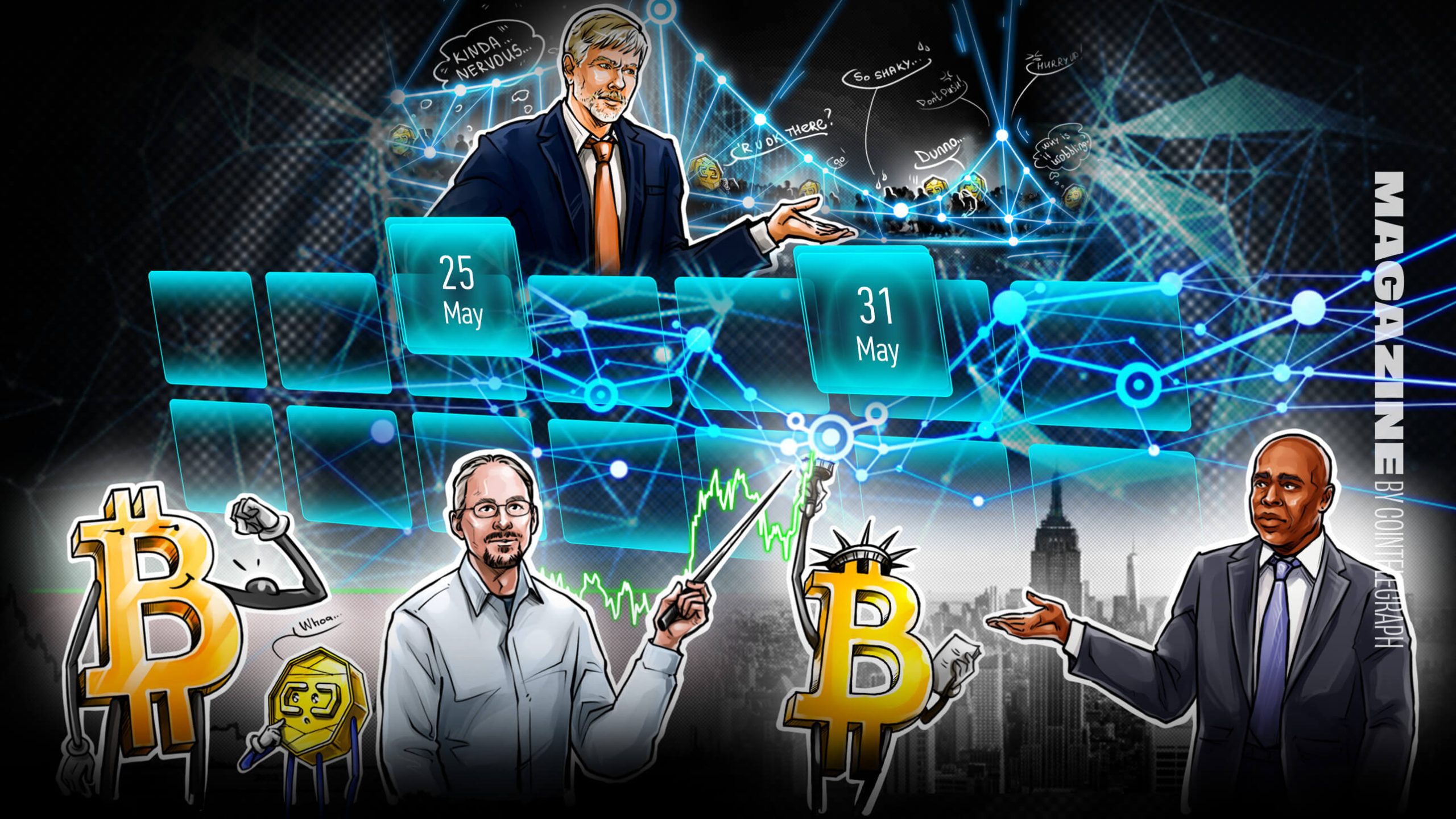


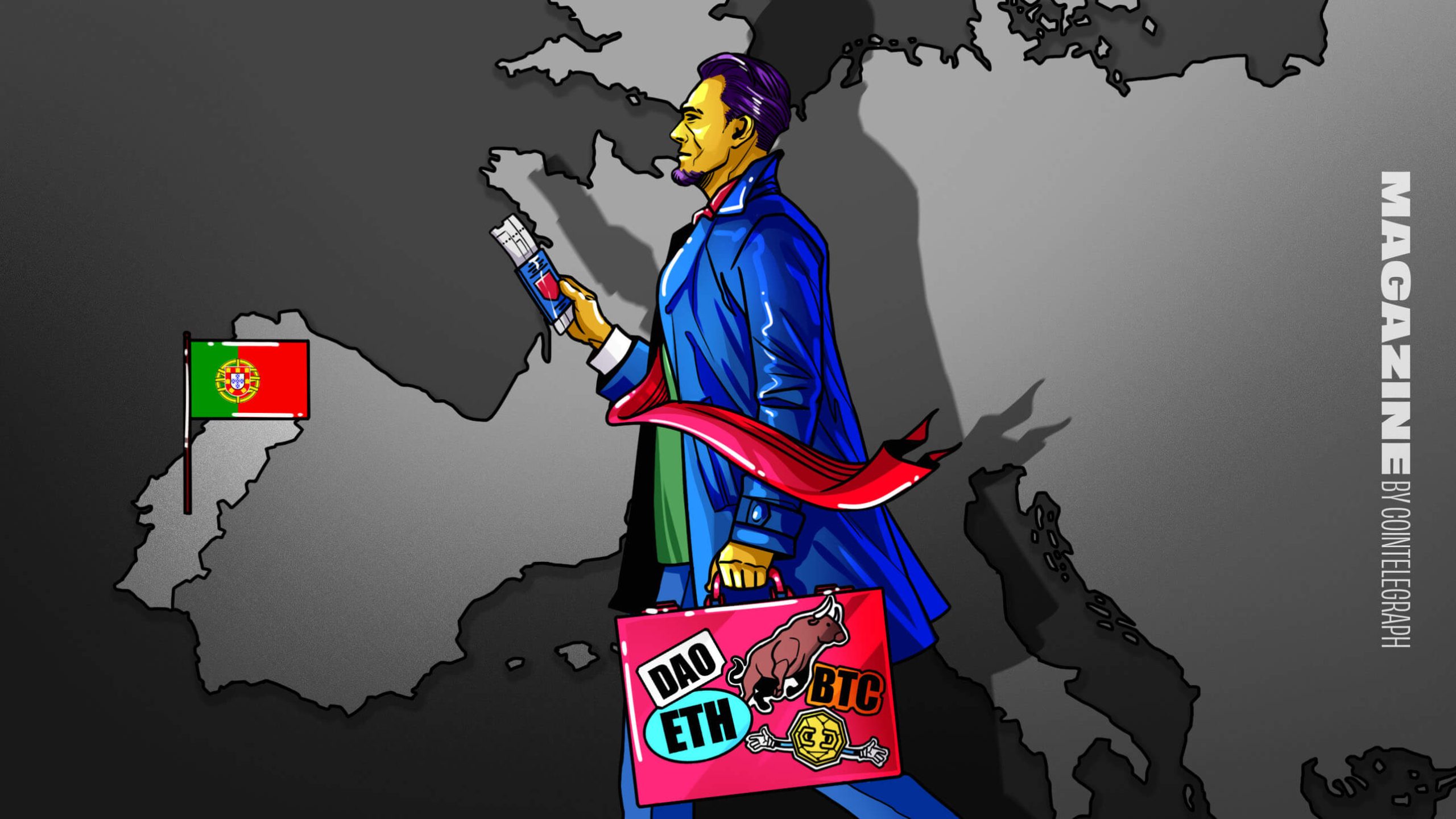

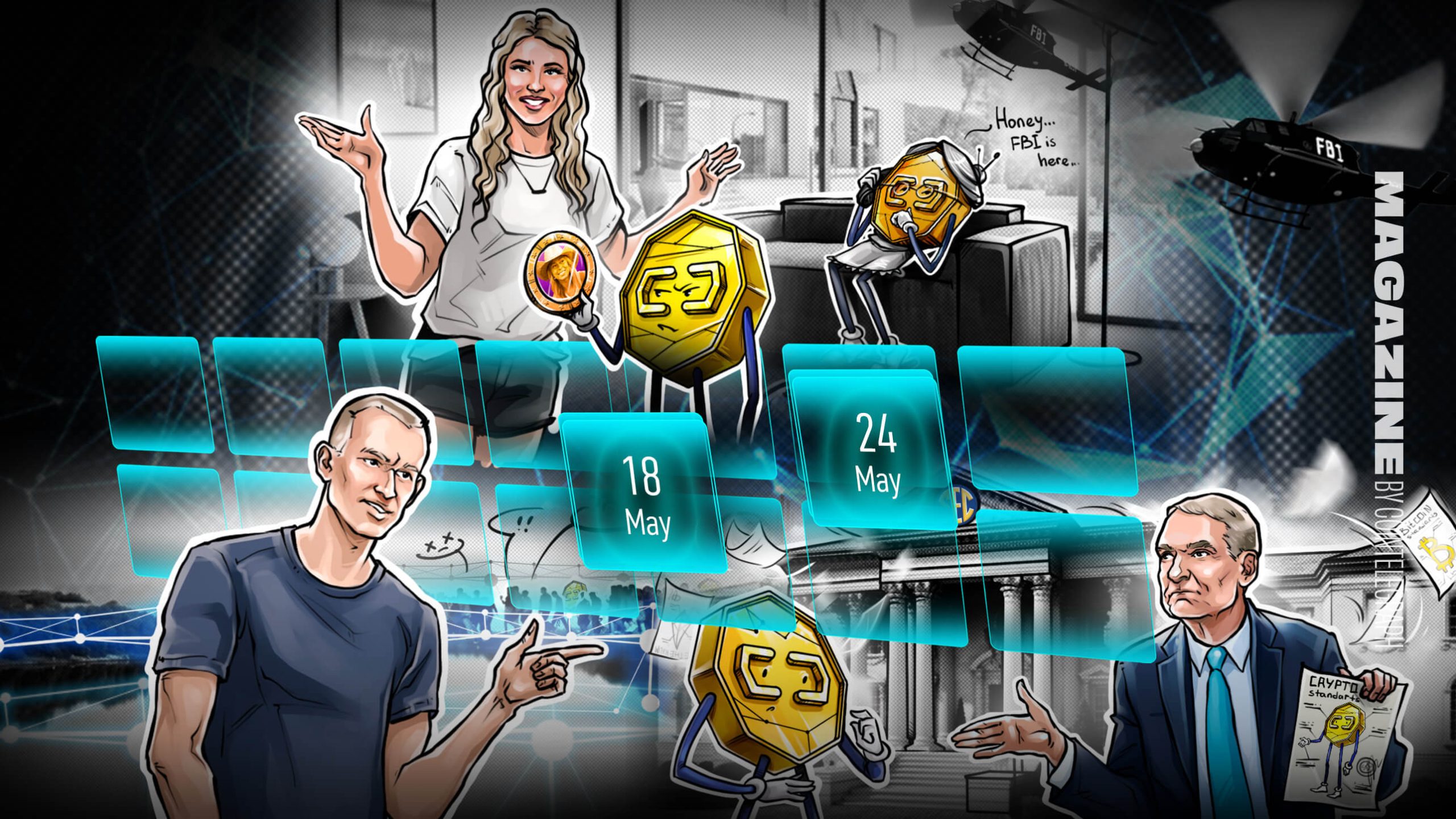

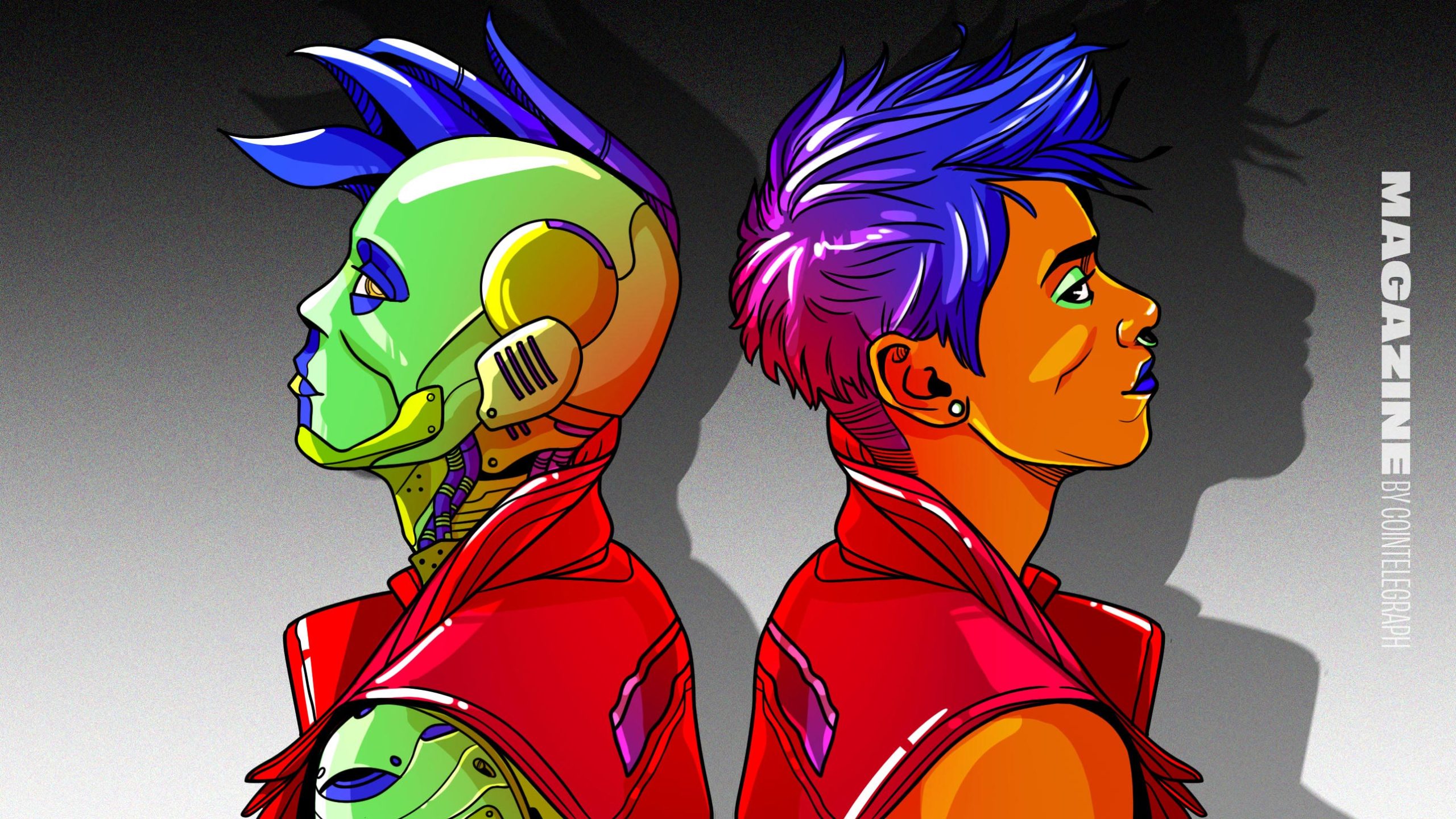
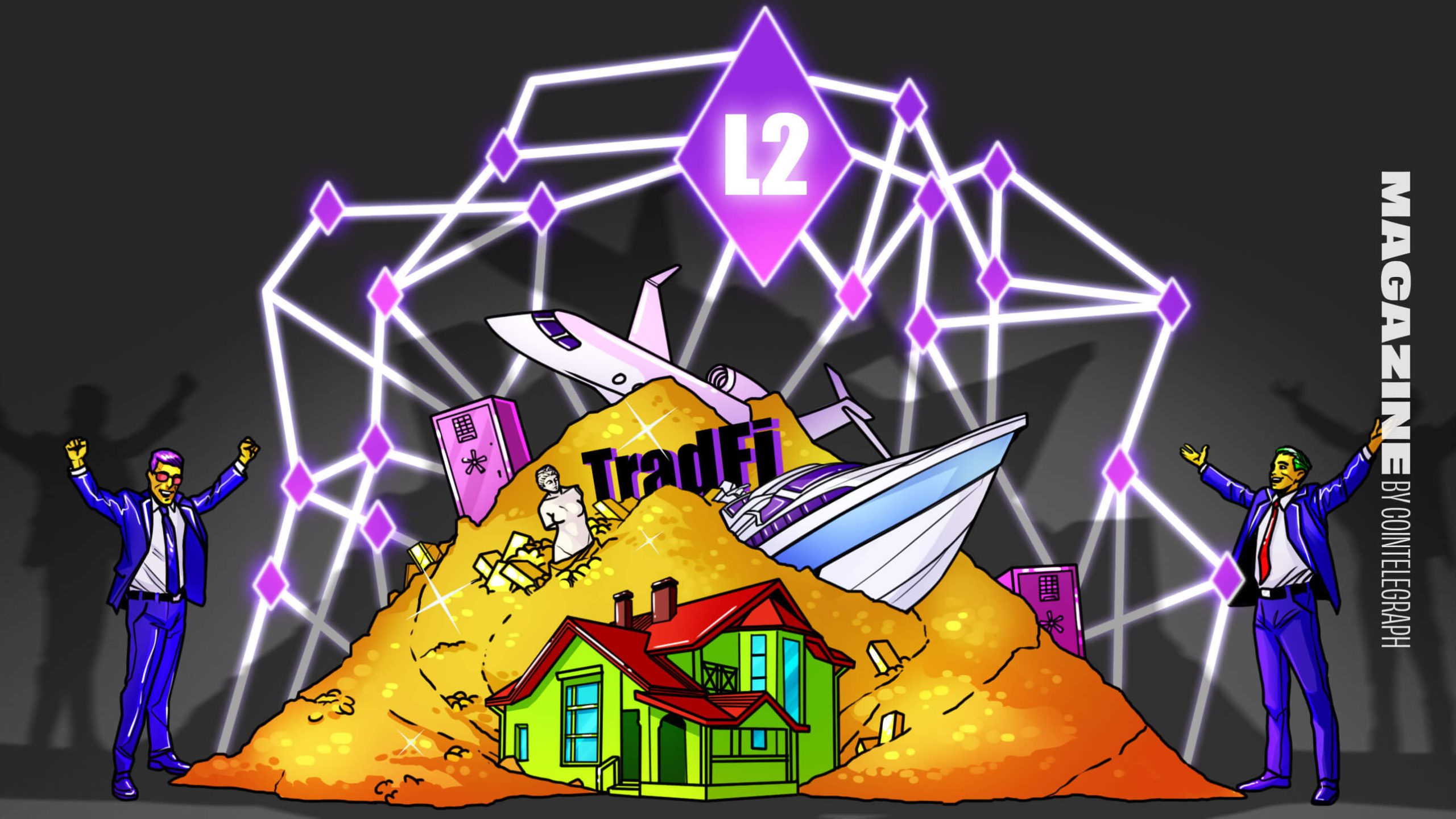
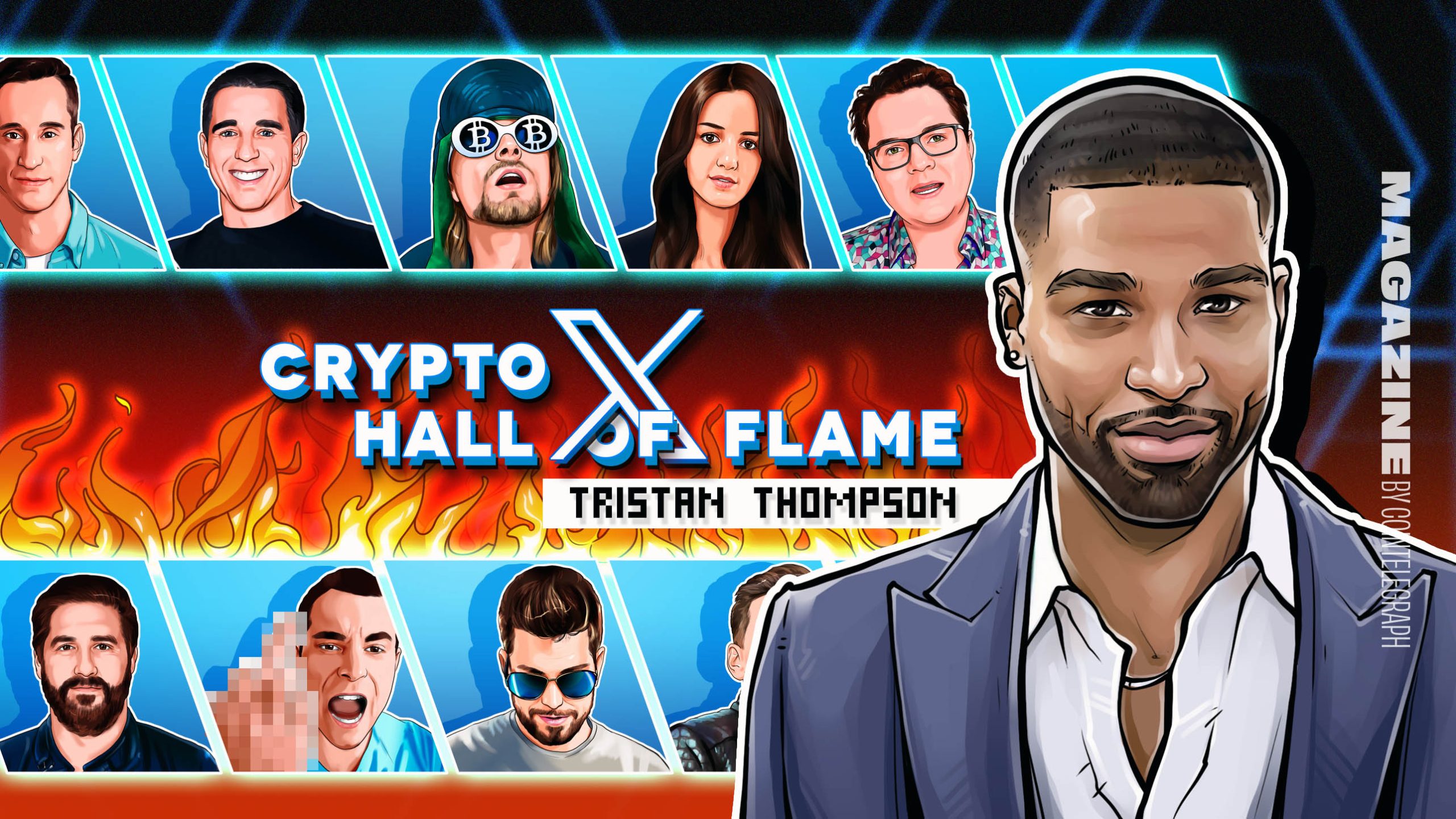










Comments